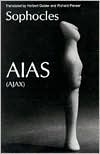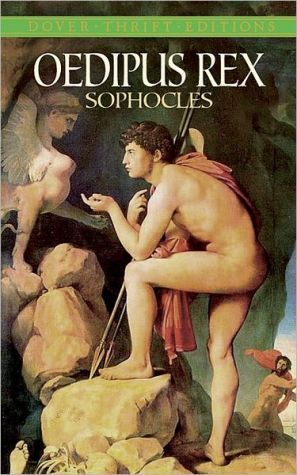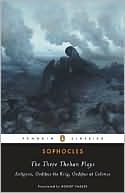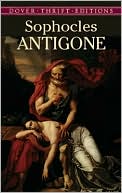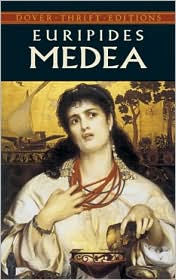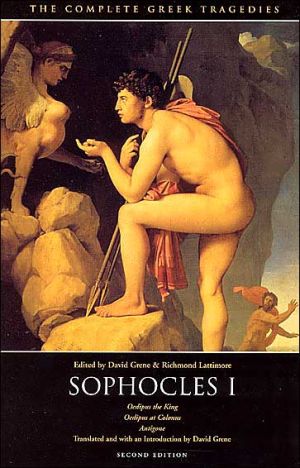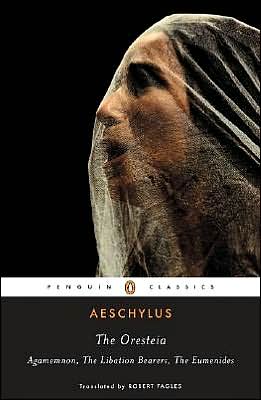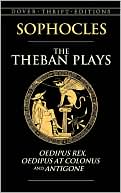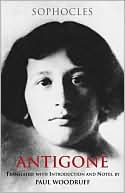Aias
Search in google:
Based on the conviction that only translators who write poetry themselves can properly recreate the celebrated Greek tragedies, the Greek Tragedy in New Translation series offers new translations that go beyond the literal meaning of the Greek in order to evoke the poetry of the originals. Under the general editorship of Peter Burian and Alan Shapiro, each volume includes a critical introduction, commentary on the text, full stage directions, and a glossary of the mythical and geographical references in the plays.Brought boldly to life by Herbert Golder and Richard Pevear's translation and contextualized by Herbert Golder's eloquent introduction, this early Sophoclean tragedy tells the story of the Homeric hero better known as Ajax, who was second only to Achilles among the Greek warriors. In Greek tradition, Aias figures as the archaic warrior who dies in shame after his betrayal by the Greeks. Sophocles turns tradition inside out, portraying Aias' suicide not as a disgrace but as heroism. He endows Aias suicide with a meaning radically different from previous versions of the Aias myth—Aias is not the hero whom time has passed by, but rather the man who steps beyond time. Most previous versions and interpretations have equivocated over Sophocles' bold vision. This edition of Aias translates precisely that transformation of the hero from the bygone figure to the man who transcends time.Library JournalFollowing E.F. Watling's 1953 translation of Ajax (Penguin), this new translation in free-flowing sprung rhythm by poet Pevear is a jewel for modern English readers. The scholarly critical introduction by Golder (classics, Boston Univ.) provides an excellent background and analysis of this tragedy, which was written around 450 B.C.E. When Aias, the most valiant Greek hero, discovers that dead Achilles' armor has been awarded by his comrades to his hated rival, Odysseus, he goes mad with jealousy and takes his own life. The suicide of the hero and the judgment of his family, friends, and enemies are the central theme. Chorus and soliloquy are used effectively to dramatize the progression of the plot and the mental state of the tragic hero. Stage directions are sparse. The numbered text, notes, and a glossary of geographical and mythical terms are helpful. Recommended for all academic and public libraries.--Ming-ming Shen Kuo, Ball State Univ. Lib., Muncie, IN
